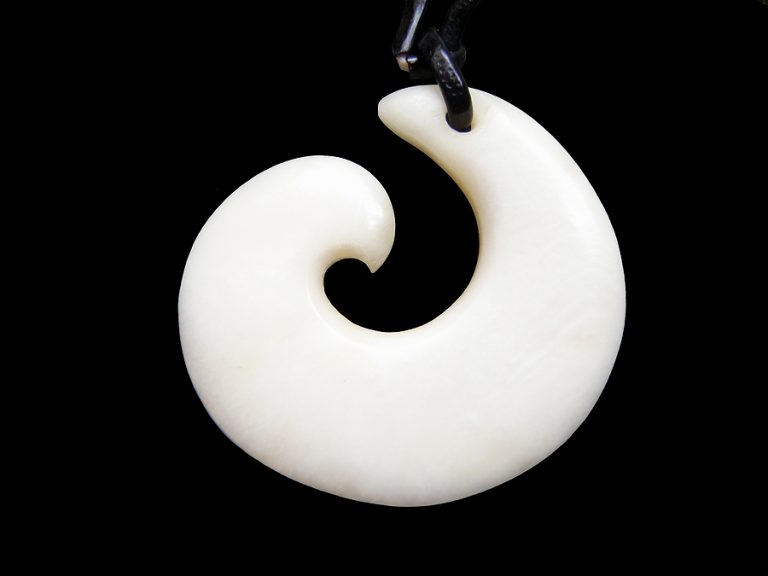Bone carving is an ancient art form that has been part of New Zealand’s cultural heritage for centuries. It’s a practice that involves intricate craftsmanship and deep respect for the materials and the stories they tell. The bone necklaces are among the most revered items in this tradition, which carry both aesthetic beauty and profound cultural significance.
The History and Cultural Relevance of Bone Carving
Bone carving in New Zealand is closely linked with Maori culture. The Maori, the indigenous people of the land, have been practising bone carving since they arrived in the country over a thousand years ago. Bones, particularly those from whales, were highly valued due to their strength, durability, and the belief that they contained the spirits of the animals they came from. Over time, these carvings evolved from mere decorative items to significant cultural symbols.
Each carving has a story to tell, often reflecting the legends, myths, or beliefs of the Maori. For instance, the Hei-Tiki, a well-known Maori carving, is believed to bring good luck and fertility. Carvings can also represent personal attributes such as strength, wisdom, or bravery.
The Process of Bone Carving
Creating a bone carving is meticulous and requires a high level of skill. Artisans begin by selecting the right bone, usually whalebone, although other bones like cow or deer are also used. The bone is then cut into the desired shape using traditional tools. The design is sketched onto the bone, and then carving begins. The final step is polishing the piece to bring out its natural lustre.
The Symbolism in Bone Necklace Designs
One of the most striking aspects of bone carvings is the depth of symbolism in their designs. The spiral, for instance, represents growth and new beginnings, while the twist symbolises the eternal bond between people or cultures. When someone wears a traditional New Zealand bone ornament, they display a beautiful piece of art and connect with the rich history and values it represents.
Bone Carvings as Contemporary Art
In recent years, bone carving has seen a resurgence as both a form of cultural expression and a contemporary art form. Modern carvers blend traditional techniques with contemporary designs, creating pieces that appeal to many people. They are preserving a critical cultural practice and keeping it relevant and alive in today’s world.
The Global Appreciation of Maori Bone Carvings
The appreciation for Maori bone carvings has extended far beyond New Zealand, with enthusiasts and collectors worldwide. This global interest not only celebrates the art form but also helps to sustain the cultural practices and livelihoods of the artisans who create them.
Ethical Considerations in Bone Carving
Ethical considerations are paramount in bone carving, as with any art form that uses animal products. Many carvers now use bones from animals that have died naturally or are a by-product of other industries. This approach ensures that the art form can continue without compromising ethical standards or animal welfare.
For more insight on this subject, participants can review the impact of ethical practices on the future of bone carving. It will outline the methods operators adopt to source and shape these collections for consumers.
Conclusion
Bone carving in New Zealand is more than an art form; it’s a living tradition that weaves the past with the present, telling stories that resonate with people worldwide. Whether through a traditional bone necklace or other intricately carved pieces, this art continues to captivate and inspire.
It stands as a testament to the skill, creativity, and cultural depth of the Maori people and offers a beautiful insight into New Zealand’s rich heritage. The ongoing global interest in these carvings not only showcases their universal appeal but also plays a crucial role in preserving and evolving this unique cultural practice.
